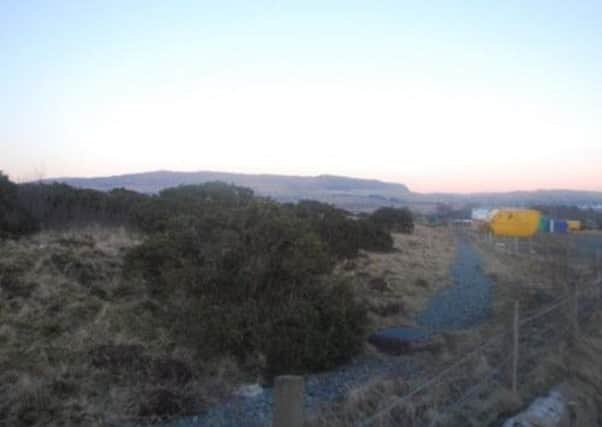Micro abbatoir in Skye area ‘viable’, says study


Currently ,the nearest available facilities are in Dingwall, up to three-and-a-half hours away, or in Lochmaddy, involving a-two hour ferry crossing.
A study commissioned by the Scottish Crofting Federation (SCF) and carried out by SAC Consulting has given a positive view for the prospects for a micro abattoir development for Skye and Lochalsh.
Advertisement
Hide AdAdvertisement
Hide AdThe Scottish Government-funded report has now been presented to Richard Lochhead MSP, Cabinet Secretary for Rural Affairs and Environment.
The report envisages a facility with maximum capacity for 4000 sheep, 200 cattle and 130 pigs per year.
However, projected initial throughput would be 100 cattle, 800 sheep and 130 pigs.
This could result in a modest profit if the development, projected to cost in the region of £570,000, was fully funded.
The report points out that island and remote mainland abattoirs cannot be seen as stand-alone businesses, but as an important part of rural infrastructure.
The Scottish Government is committed to ensuring that animals are slaughtered as close to where they are reared as possible and to shortening the food production and distribution chain.
An SCF spokesperson said, “We thank SAC Consulting for a very thorough and thought-provoking report.
“This is an important step on a long road and our abattoir working group will be studying SAC’s recommendations carefully before deciding on a way forward.”
Advertisement
Hide AdAdvertisement
Hide AdThe report will be launched at a public meeting still to be announced.
The SCF’s abattoirs working group has been looking at ways to address the lack of an abbatoir, envisaging facilities appropriate in scale with a co-operative model of ownership and operation.